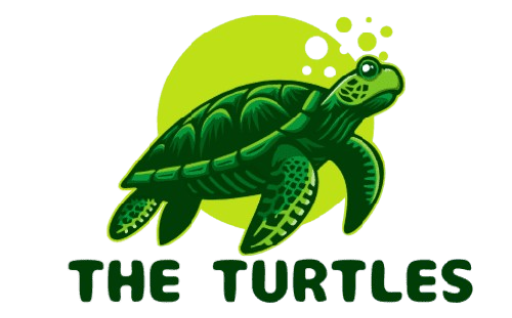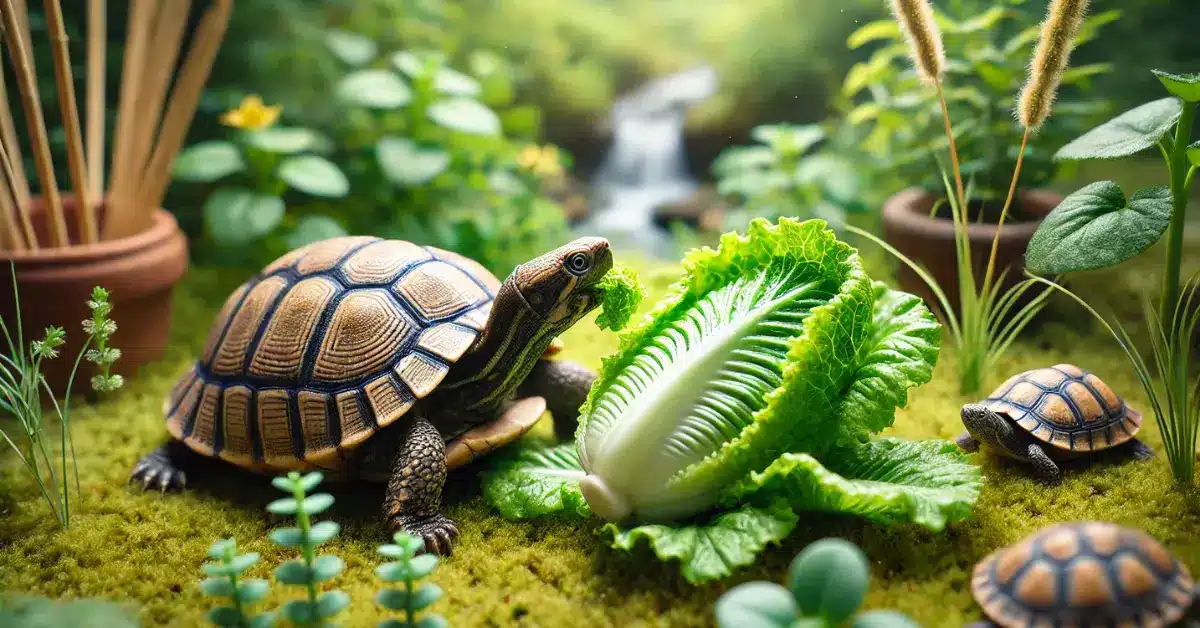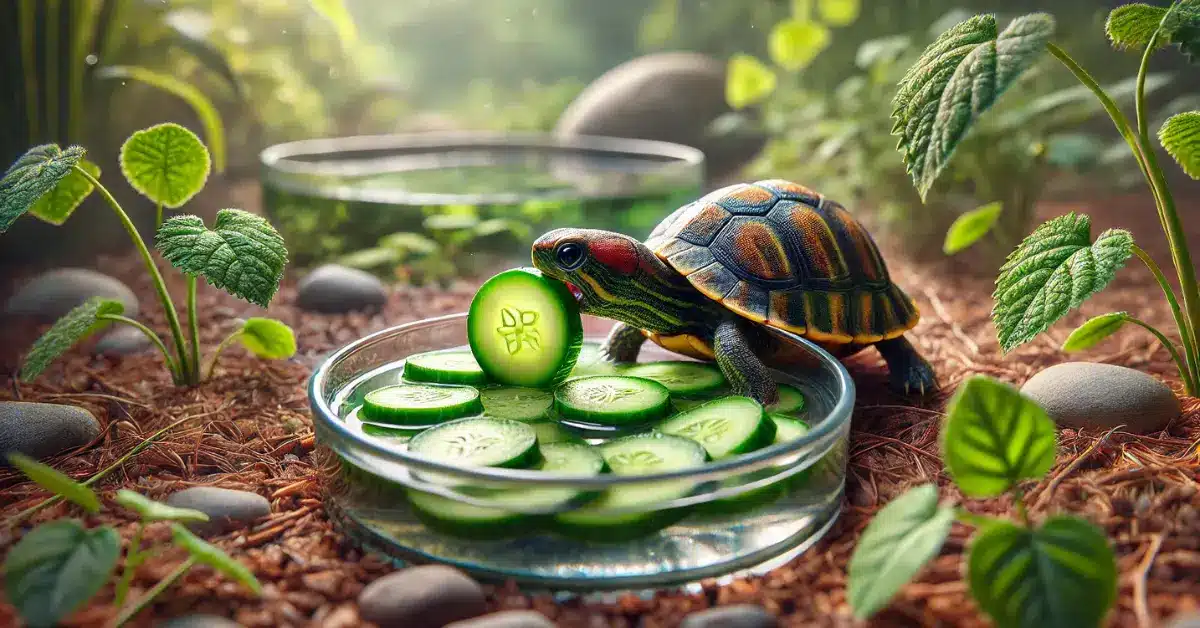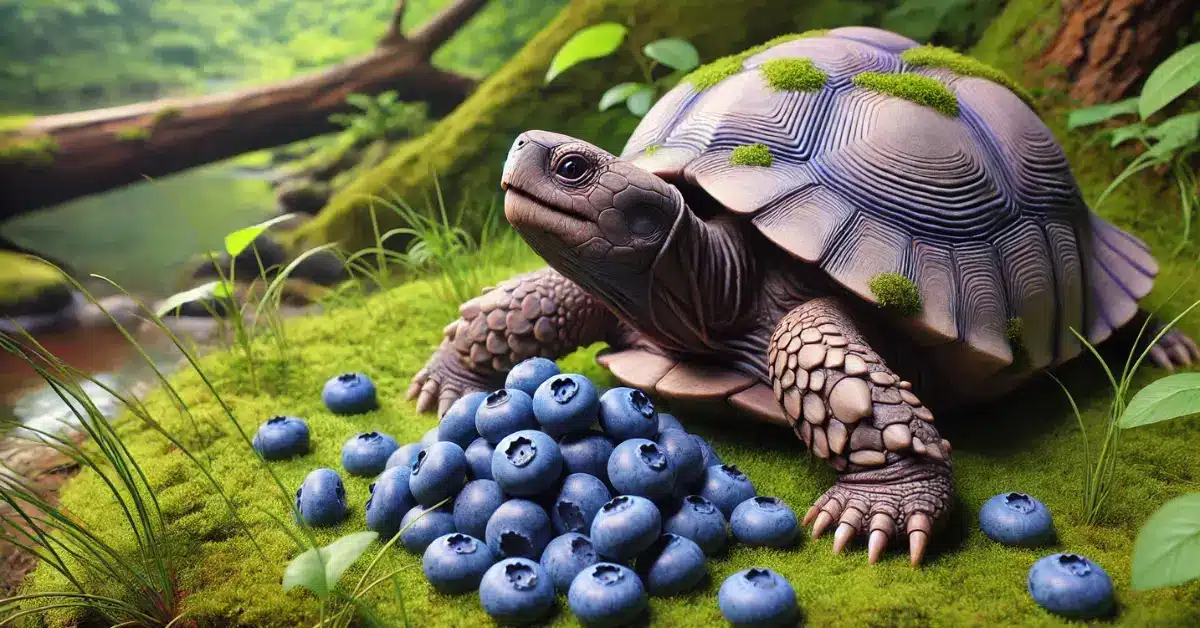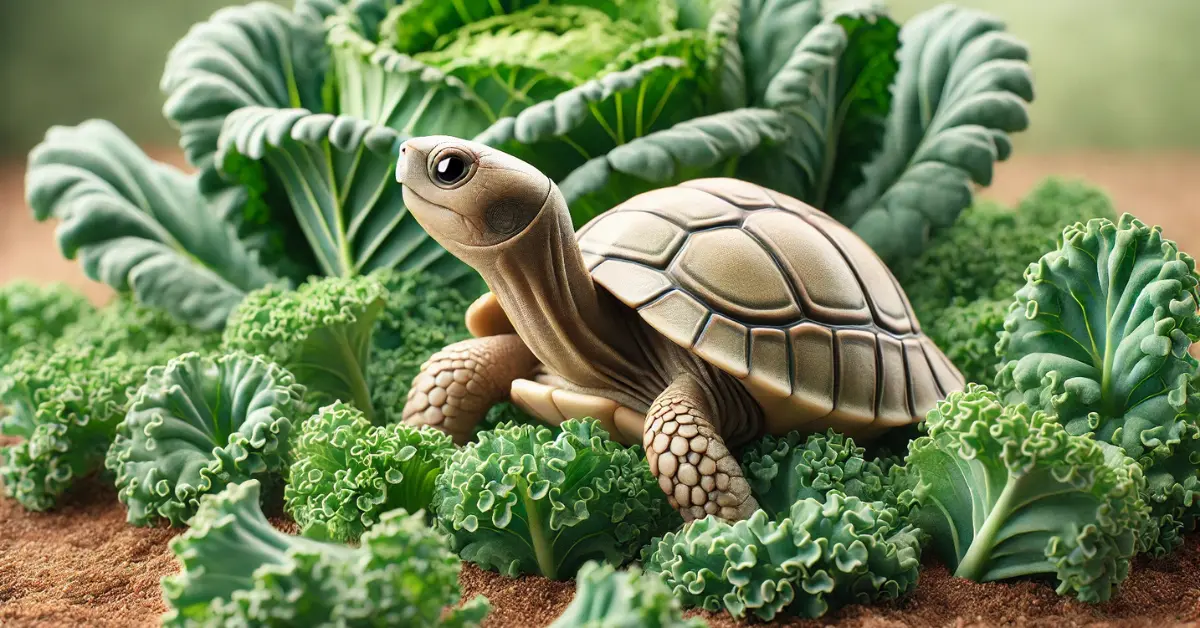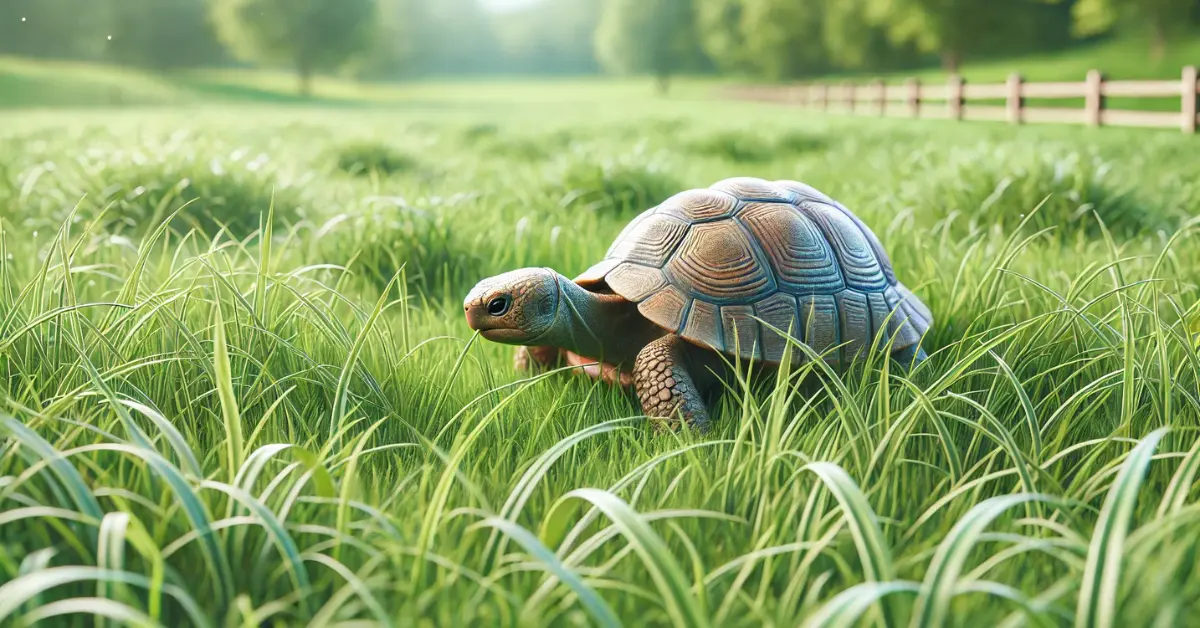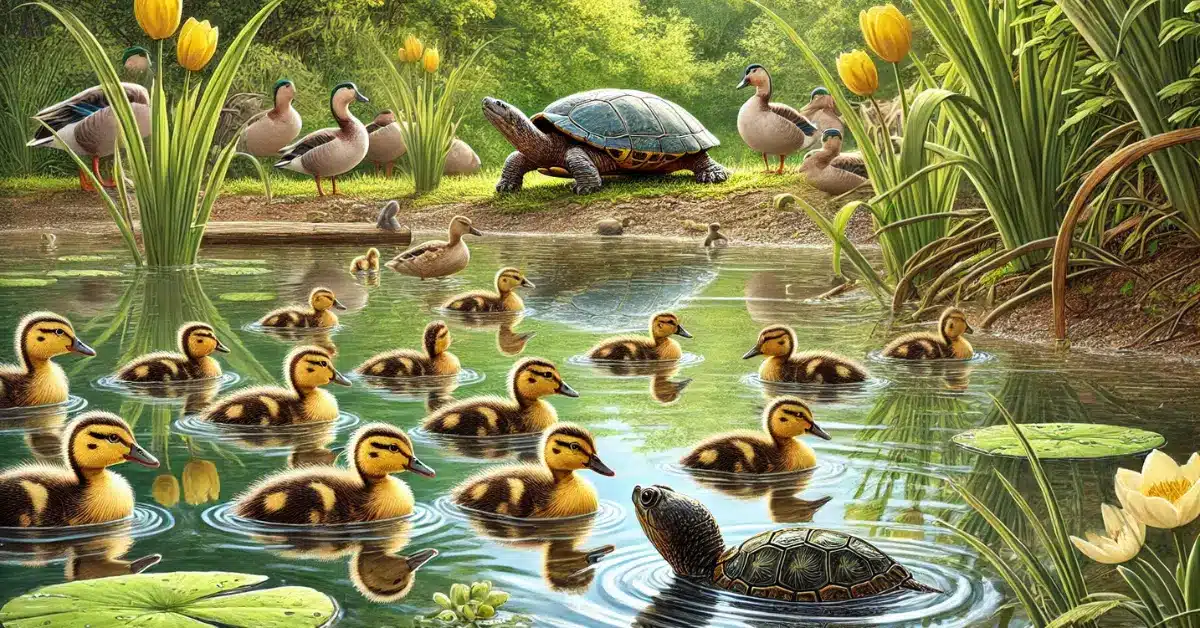Turtles eat many different foods, so you might wonder, “Can turtles eat peas?” The answer is yes! Peas are a healthy snack for turtles. They are full of important vitamins, minerals, and fiber that help turtles stay strong. But, it’s important to know which peas are safe and how to feed them the right way.
Table of Contents
ToggleNutrient Table of Peas for Turtles
Peas are packed with essential nutrients that can support the health of turtles. Here’s a quick breakdown of what peas offer:
| Nutrient | Amount (per 100g) |
| Calories | 81 kcal |
| Protein | 5.4 g |
| Carbohydrates | 14.4 g |
| Fiber | 5.7 g |
| Sugars | 5.7 g |
| Fat | 0.4 g |
| Vitamin C | 40 mg |
| Vitamin A | 38 µg |
| Calcium | 25 mg |
| Iron | 1.5 mg |
| Potassium | 244 mg |
These nutrients make peas a great snack for turtles. They contain protein for growth, fiber for digestion, and essential vitamins that boost their immune system. Moreover, peas are low in fat, which keeps turtles from becoming overweight.
Which Types of Peas Do Turtles Eat?
Not all peas suit turtles. Let’s break down the types of peas turtles can eat:
- Fresh Green Peas: Turtles love fresh green peas because of their soft texture and sweet taste. You can feed them raw or lightly boiled for easy digestion.
- Frozen Peas: Frozen peas are convenient and nutritious, but they need to be thawed before feeding. Once defrosted, they provide the same nutrients as fresh peas.
- Canned Peas: It’s best to avoid canned peas as they often contain added salt and preservatives that can harm turtles. If you must use canned peas, rinse them thoroughly to remove excess salt.
- Pea Pods: Pea pods can be given, but only if they are young and tender. Tougher pods can be hard for turtles to chew and digest.
Which Types of Turtles Enjoy Eating Peas?
Different turtle species have varied dietary preferences. Here are some turtles that usually enjoy eating peas:
- Red-Eared Sliders: These turtles are omnivores and love a mix of vegetables, including peas. They appreciate the soft texture and the burst of flavor peas provide.
- Painted Turtles: Known for their colorful markings, painted turtles enjoy peas as a healthy snack. They benefit from the vitamins and minerals present in peas, aiding their growth and shell health.
- Box Turtles: Box turtles are primarily herbivorous, and peas fit well into their diet. They munch on fresh peas with enthusiasm, getting fiber and protein in the process.
- Map Turtles: These turtles have a varied diet. Adding peas occasionally gives them a nutrient boost. They enjoy both the flavor and the ease of eating soft peas.
- Musk Turtles: While musk turtles are more carnivorous, they still enjoy the occasional vegetable treat, including peas. Feeding them peas in moderation ensures they get a mix of nutrients.
Health Benefits of Peas for Turtles

Peas aren’t just a tasty treat; they offer several health benefits for turtles:
- Rich in Fiber: Peas are high in fiber, which aids in digestion. Turtles often face digestive issues, so the fiber content in peas helps keep their gut healthy and ensures regular bowel movements.
- Vitamins for Immune Support: Peas are a good source of vitamins A and C. Vitamin A is crucial for maintaining good eye health, while vitamin C boosts the turtle’s immune system, helping it fight off common illnesses.
- Protein for Growth: Growing turtles need protein for shell and body development. Peas provide a plant-based protein source that supports their overall growth, making it an excellent addition to their diet.
- Calcium for Strong Shells: Turtles require calcium to develop strong shells. While peas have a moderate amount of calcium, pairing them with other calcium-rich foods can greatly benefit a turtle’s shell strength.
- Low-Fat Content: Turtles don’t need a high-fat diet. Peas have a very low-fat content, which helps maintain a turtle’s weight and prevents obesity, a common problem in pet turtles.
How to Safely Feed Peas to Turtles
Feeding peas to turtles is easy, but doing it safely is key to avoiding any health issues. Follow these simple steps:
- Thaw and Rinse: If using frozen peas, thaw them completely before feeding. Rinse them with fresh water to remove any frost or additives.
- Cook Lightly (Optional): Some turtles prefer softer peas. You can lightly boil the peas for a few minutes to make them easier to chew, especially for young or small turtles.
- Peel if Necessary: The outer skin of peas can sometimes be tough for smaller turtles. If you notice your turtle struggling, peel the peas to make them easier to eat.
- Cut into Small Pieces: For baby or smaller turtles, chop the peas into bite-sized pieces. This helps stop choking and makes it easier for them to digest.
- Moderation is Key: Treat peas as a snack, not the main meal. A couple of peas once or twice a week is sufficient. Too many peas can lead to digestive issues due to their high fiber content.
Is There Any Risk in Turtles Eating Peas?
While peas are generally safe, overfeeding or improper preparation can pose some risks:
- Digestive Upset: Too many peas can overwhelm a turtle’s digestive system, leading to bloating or diarrhea. Always feed peas in moderation to avoid such issues.
- High Sugar Content: Peas contain natural sugars. Although it’s not harmful in small amounts, excessive sugar can disrupt a turtle’s diet balance, leading to potential health concerns over time.
- Phytic Acid: Peas contain phytic acid, which can bind to calcium and reduce its absorption. If turtles eat peas in large quantities, it might affect their calcium intake, potentially leading to shell problems. To counteract this, ensure a varied diet with other calcium-rich foods.
- Canned Peas: Avoid feeding canned peas due to their high sodium content and preservatives. If using canned peas in an emergency, rinse them thoroughly to remove excess salt.
Read more: Can turtles eat cherries?
Conclusion
So, can turtles eat peas? Absolutely! Peas are not only a tasty treat for turtles but also provide a range of nutrients that support their overall health. When fed in moderation, peas contribute to a balanced diet with their high fiber, protein, and vitamins. However, it’s important to prepare them properly, ensuring they are safe and easy for turtles to consume.
While peas offer many benefits, always be mindful of the potential risks, such as digestive upset or reduced calcium absorption. Following the feeding guidelines will help keep your turtle happy and healthy.
Remember, a varied diet is key for a turtle’s well-being, and peas should only be a small part of their overall nutrition plan. For more tips on feeding turtles and caring for them, visit our website at theturtles.info for expert advice and guides!
Frequently Asked Questions (FAQs)
Can turtles eat peas every day?
No, turtles should not eat peas every day. Peas are nutritious but should be fed in moderation due to their fiber content and natural sugars. Once or twice a week is enough to provide variety in their diet without causing digestive issues.
Should I cook peas before giving them to my turtle?
You don’t have to cook peas, but lightly boiling them for a few minutes can make them softer and easier for turtles to digest, especially for young or smaller turtles.
Can baby turtles eat peas?
Yes, baby turtles can eat peas, but it’s best to cut them into small, bite-sized pieces. You might also want to peel the outer skin to make them easier to chew and digest.
Can peas be harmful to turtles?
Peas are generally safe when fed in moderation. However, overfeeding peas can cause digestive issues due to their high fiber content. They also contain phytic acid, which can affect calcium absorption if given in large quantities. To keep your turtle healthy, include peas as just one part of a varied diet.
How do I know if my turtle likes peas?
You can offer a small piece of pea to your turtle and observe its reaction. If your turtle eats it eagerly, then it enjoys peas. However, each turtle has its own preferences, so it’s okay if your pet doesn’t seem interested.
Can turtles eat pea pods?
Yes, turtles can eat pea pods if they are young and tender. However, tougher pods can be difficult for turtles to chew and digest, so it’s better to stick with the peas themselves or peel the pods before feeding.
